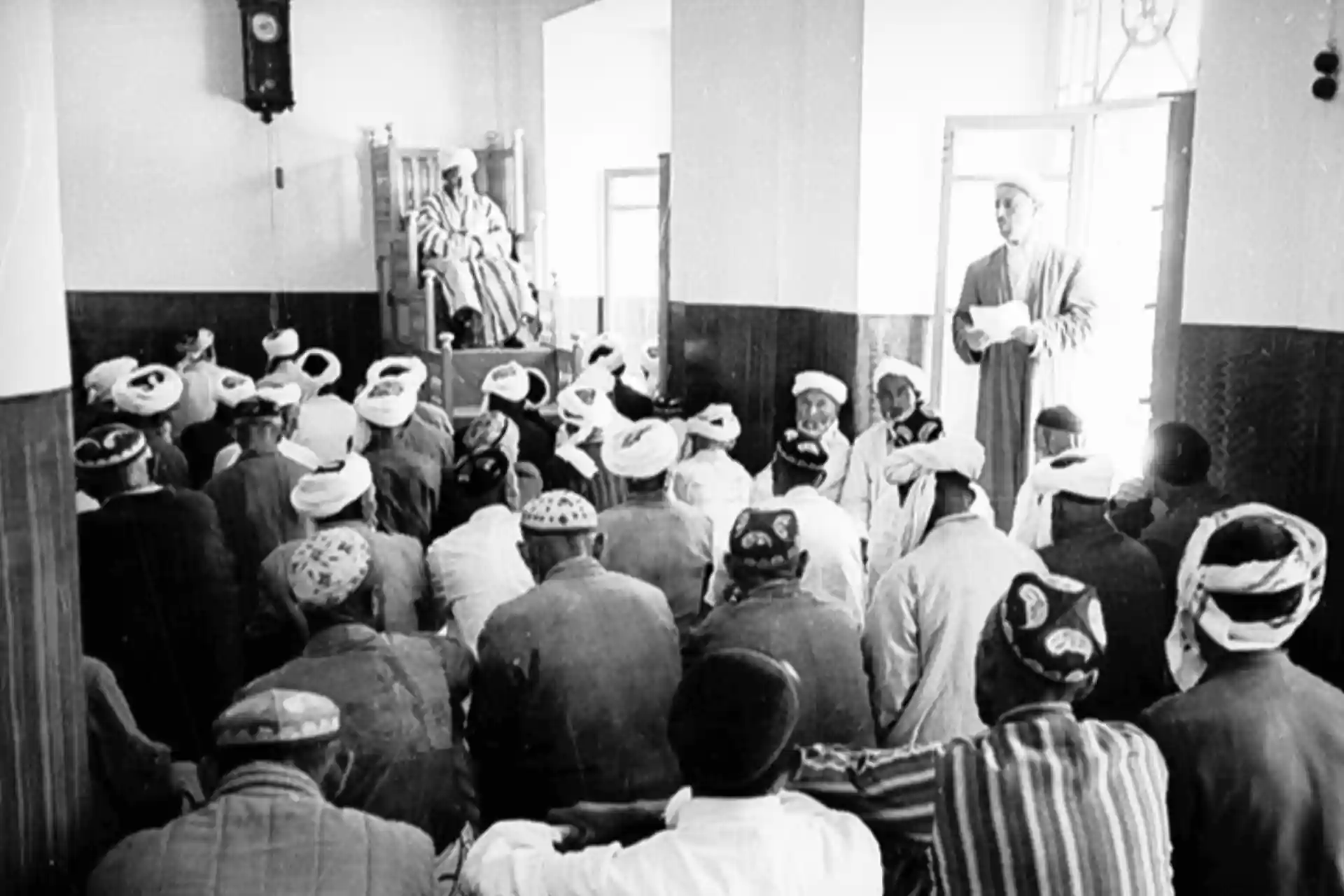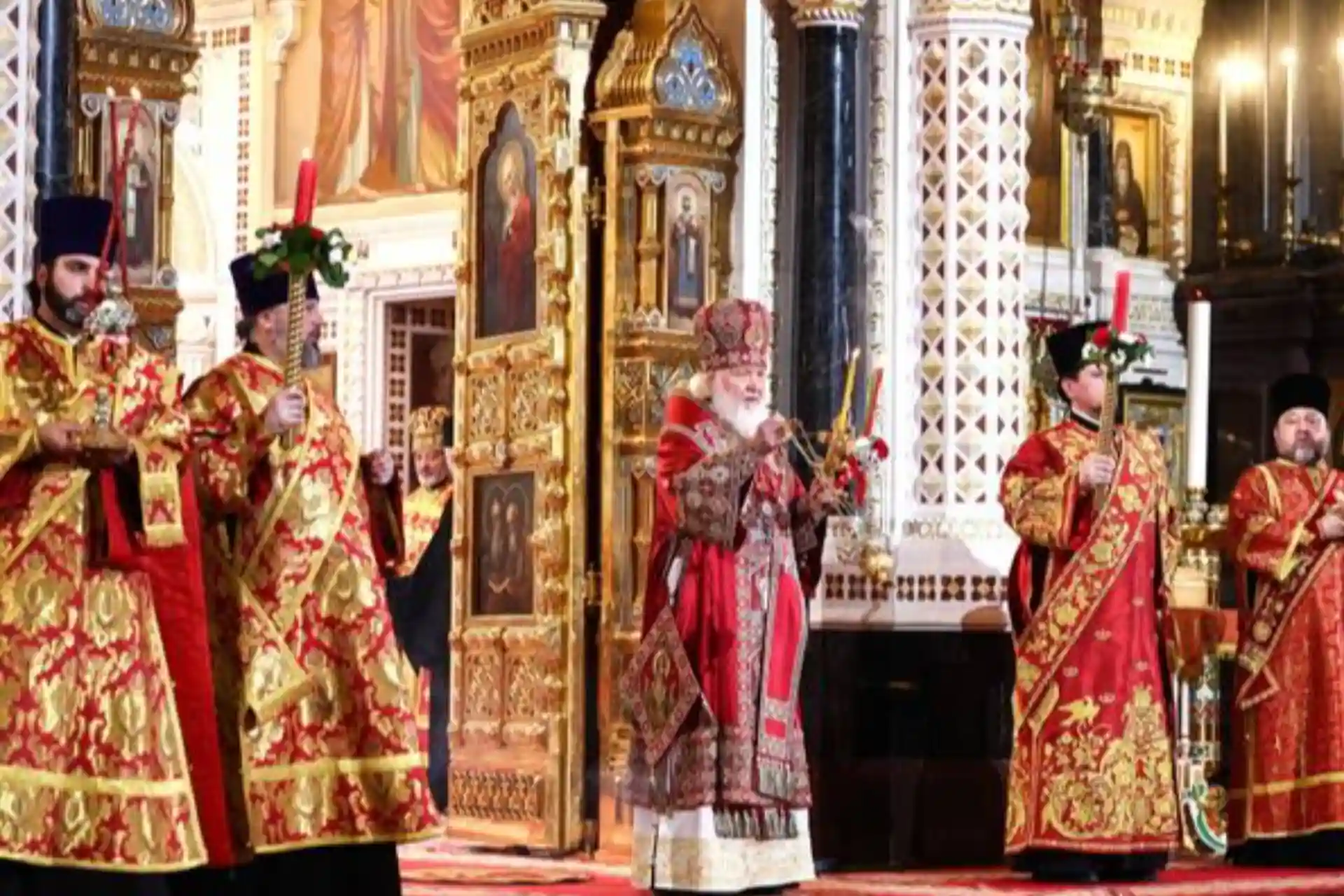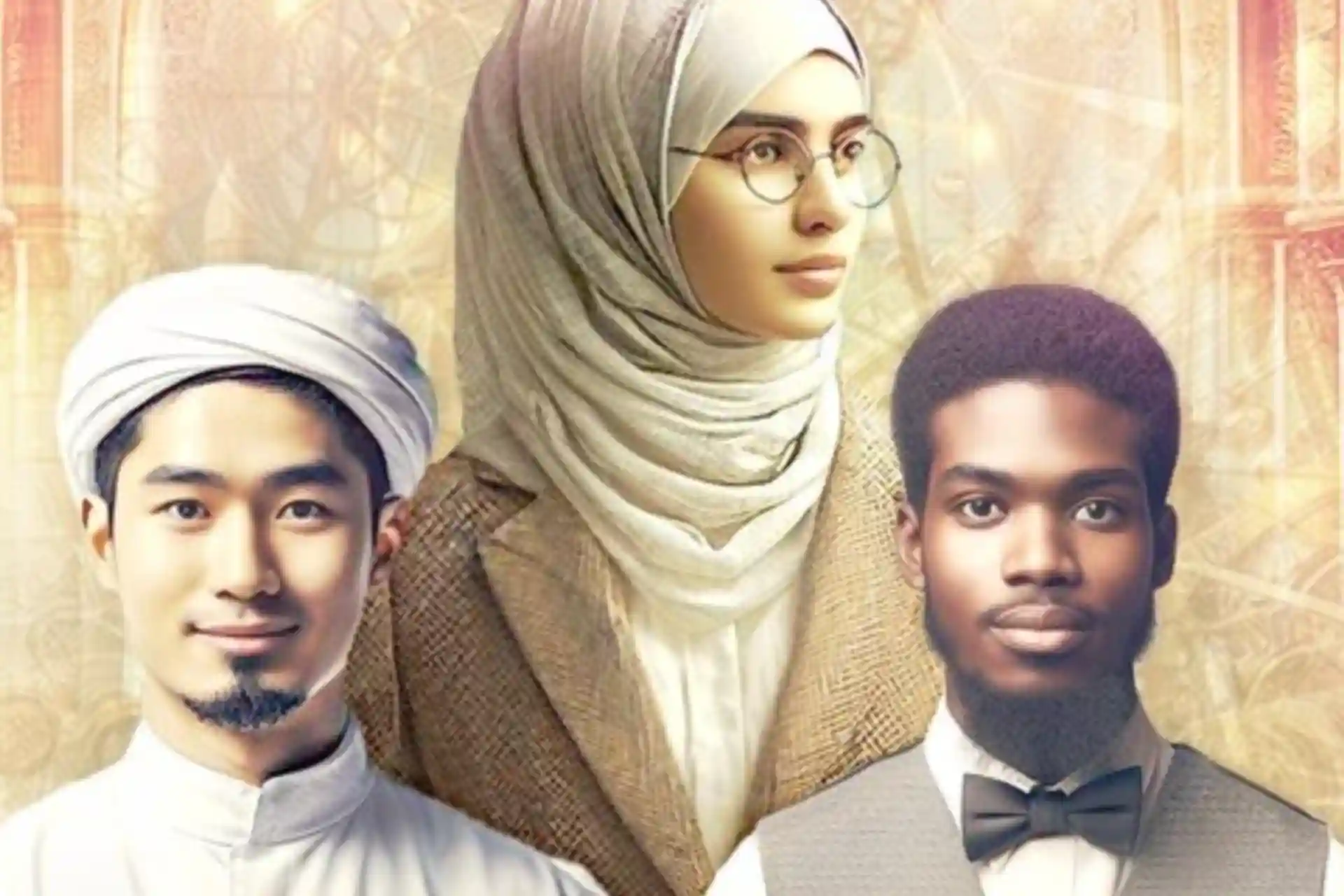24.06.2025 08:30
1120
The clash of Soviet ideology and Islam
The Soviet state built its ideological foundation on atheism. According to it, religion should lose its place in the life of society, or even disappear altogether. Along the way, the political system created a kind of "soft hand" - a special commission that controlled the religious background. Initially, this commission, headed by P.G.Smidovich, in some cases tried to take a positive approach to Islam and find solutions to religious conflicts.
But these attempts - sometimes writing letters, sometimes warning the leadership - were powerless in the face of a larger system. Because the main criterion for the Soviet system was compliance with the requirements of ideology, that is, reckoning with Stalin's ideas. Laws were created or interpreted precisely on the basis of these requirements. The Soviet government considered it important to preserve ideology, not religion.
Due to the large number of complaints from believers - about bureaucracy, arbitrariness, repressions - the commission was unable to provide a full response to them. However, sometimes this body also played a positive role. For example, at a meeting on February 6, 1931, the commission opposed the decision of the Tatarstan leadership and returned seven religious buildings to believers.
But such decisions were rarely implemented. Because the top leadership was absolutely unwilling to grant religious freedom. On the contrary, in February 1933, the commission adopted another drastic decision - the decision "On the Status of Religious Organizations". It presented the threat of the leaders of different religious movements uniting with each other. Therefore, it was said that it was necessary to reduce their influence on the people, especially workers. This document, which had been issued earlier, provided for easing the closure of religious buildings and distributing mosques over large and scattered areas. This, in fact, was a new stage in the suppression of religion.
In such a difficult environment, in January 1934, P.G.S. Midovich made a new proposal - he proposed the creation of a central commission that would manage religious issues throughout the Union. On this basis, on May 7, a new structure was created - a central commission operating throughout the USSR. This commission was given broad powers: now it became the highest body, supervising not only the central, but also all religious commissions at the republican, regional and even district levels.
But in 1935, Smidovich died. He was replaced by PAKrasikov. He tried to establish order in religious matters. In his 1936 report, he openly spoke out about the injustices being committed against believers. In 1937, he even proposed to reopen illegally closed religious facilities, including mosques in areas inhabited by Muslims.
Unfortunately, these attempts were also ineffective. Because the Soviet authorities were not interested in the spiritual needs or suffering of ordinary people, the leadership increasingly began to see this commission as an unnecessary, decorative body.
The commission was completely dissolved on April 16, 1938. This decision coincided with the beginning of the work of the new supreme legislative body of the USSR - the Supreme Soviet, established on the basis of the constitution. The government began to believe that the elimination of religion was "almost complete."
Note: These historical events reveal the complex and inhumane nature of Soviet policy towards Islam and other religions.
Prepared based on Internet sources



